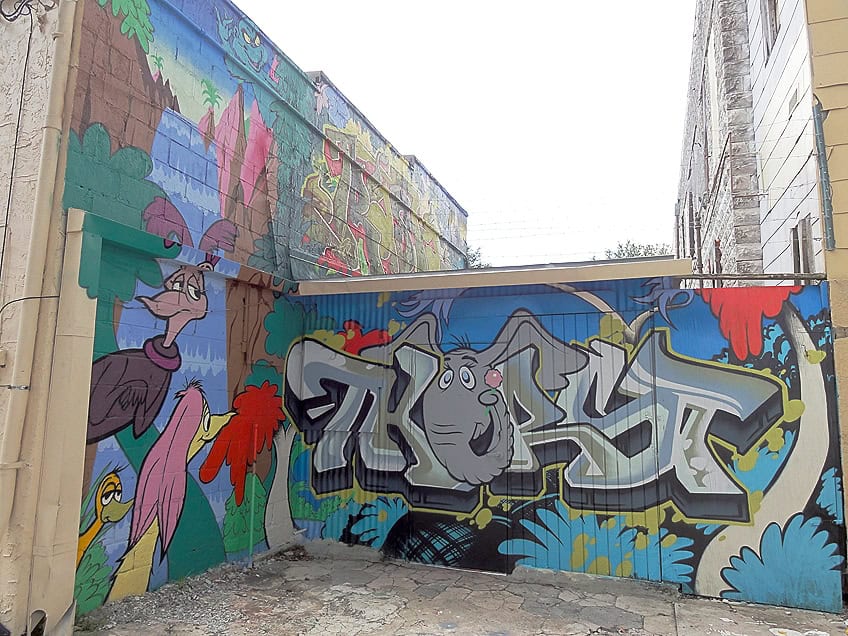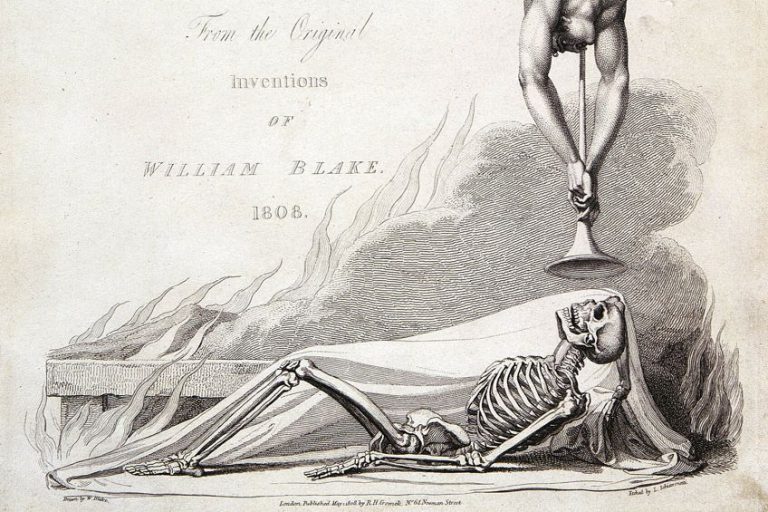Dr. Seuss – A Journey Through His Whimsical Books
Dr. Seuss, born Theodor Seuss Geisel, is a towering figure in children’s literature whose whimsical rhymes and imaginative characters have captivated generations. Known for his distinctive and playful style, Seuss created a vibrant universe populated by unforgettable figures such as the Cat in the Hat, Horton the Elephant, and the Grinch. His books, often layered with social commentary and life lessons, have sold over 600 million copies worldwide and have been translated into multiple languages. Beyond his literary contributions, Dr. Seuss’s work has had a lasting impact on education and literacy, encouraging young readers to embrace the joy of learning through his innovative use of language and storytelling.
Key Takeaways
- Dr. Seuss is a renowned author and illustrator with over 60 children’s books.
- His signature style involves imaginative characters and playful rhymes.
- He had a diverse career, including political cartoons and filmmaking.
Early Life and Education
| Birth | March 2, 1904 |
|---|---|
| Death | September 24, 1991 |
| Place of Birth | Springfield, Massachusetts, United States |
| Genre of Work | Children’s literature |
Theodor Seuss Geisel, more famously known as Dr. Seuss, remains an iconic figure in children’s literature. He authored and illustrated over 60 books that have charmed generations with their whimsical characters and catchy rhymes. Dr. Seuss’s works, such as The Cat in the Hat and Green Eggs and Ham, have become staples in children’s libraries worldwide. Born on March 2, 1904, Geisel’s journey from a young boy in Springfield, Massachusetts, to one of the most beloved authors began at Dartmouth College and later, Oxford University.

His distinctive style—with imaginative creatures and playful language—set his books apart from others. Geisel’s ability to combine simple storytelling with profound moral lessons made his books both entertaining and educational. Dr. Seuss’s legacy extends beyond literature. He also worked as a political cartoonist, an ad illustrator, and a filmmaker.
This multifaceted career not only contributed to his unique storytelling style but also ensured that his influence would be felt across various media and generations.
Childhood in Springfield
Theodor Seuss Geisel was born on March 2, 1904, in Springfield, Massachusetts. His parents, Theodor Robert Geisel and Henrietta Seuss Geisel, were of German descent. The environment of Springfield, known for its bustling community, played a significant role in his upbringing. His father managed the family-owned brewery and later oversaw the city’s public park system. This gave young Theodor many opportunities to explore the outdoors and fostered his early love for drawing and nature.

Academic Pursuits
Geisel attended Dartmouth College in 1921, where he quickly became involved with the campus’s humor magazine, Jack-O-Lantern. He eventually rose to the position of editor-in-chief. His tenure at Dartmouth was influential in shaping his comedic and illustrative style. Post-Dartmouth, Geisel enrolled at Lincoln College, Oxford, intending to earn a doctorate in literature.
However, he soon realized that his passion lay more in drawing and writing than in academic study.
Early Career
After returning from Oxford, Geisel began his early career by contributing illustrations and articles to various magazines such as Vanity Fair and Judge. His unique style and humor quickly gained attention. In the 1930s, he entered the advertising industry, creating successful campaigns for companies like Flit, a mosquito repellent. This period marked a significant shift as he honed the rhyming and imaginative narrative skills that would later define his children’s books.
Literary Career
Dr. Seuss’s literary career is marked by his unique storytelling ability, memorable characters, and innovation in children’s literature. His early challenges and breakthrough works established him as a cornerstone of American literature.
First Publications
Theodor Seuss Geisel’s career began with his first children’s book, And to Think That I Saw It on Mulberry Street. Published in 1937 by Vanguard Press, the book was initially rejected by numerous publishers. This early work introduced readers to his playful and imaginative style that would become his trademark. Geisel’s perseverance during these early years was crucial.
Despite initial setbacks, Mulberry Street showcased his potential and creative vision, laying the foundation for future success.
Breakthrough Works
In 1957, Dr. Seuss achieved major breakthroughs with iconic publications such as The Cat in the Hat and How the Grinch Stole Christmas! These works elevated his status in children’s literature, blending engaging stories with educational value.

The Cat in the Hat was particularly significant, published by Random House’s Beginner Books. It addressed the need for early readers with limited vocabulary and became a staple in children’s education. Horton Hears a Who! followed, emphasizing themes of compassion and respect for all beings. These successes solidified Dr. Seuss’s place in literary history.
Signature Writing Style
Dr. Seuss’s writing is characterized by its rhythmic rhymes, coined phrases, and inventive wordplay. This distinctive style captivates young audiences and makes his books easily recognizable. He frequently used anapestic tetrameter, a playful and musical meter that adds flow to his stories. His unique language choices, such as “Grinch” and “Sneetches,” have become ingrained in popular culture.
The illustrations in his books are equally significant, featuring whimsical and imaginative drawings that complement and enhance his narrative style.
Literary Themes and Innovation
His works often explore serious themes through accessible narratives. The Lorax, for instance, is a poignant tale about environmental conservation and the importance of protecting nature. Dr. Seuss’s books also tackle social issues with a light touch, promoting acceptance, empathy, and the power of imagination. Innovations such as controlled vocabularies in Beginner Books revolutionized early reading education. Overall, his ability to blend entertainment with profound messages has left an indelible mark on literature and continues to influence children’s books today.

Notable Books by Dr. Seuss
Dr. Seuss, known for his imaginative characters and playful rhymes, has created numerous beloved children’s books. Key titles include whimsical stories of friendship, adventure, and moral lessons that have captivated readers for decades.
Horton Hears a Who! (1954)
Horton Hears a Who! tells the tale of Horton the elephant who discovers a tiny world on a speck of dust. The book emphasizes the theme that “a person’s a person, no matter how small.” Horton’s determination to protect the Whos from the other jungle animals highlights the importance of empathy and standing up for others.
This story is celebrated for its heartfelt message and memorable characters.
The Cat in the Hat (1957)
The Cat in the Hat is one of Dr. Seuss’s most iconic books. Featuring the mischievous Cat and his two companions, Thing 1 and Thing 2, the book showcases the chaos that ensues when the Cat visits two children left alone at home. It is hailed for its rhythmic text and imaginative illustrations, making it a staple in early childhood literacy.

How the Grinch Stole Christmas (1957)
How the Grinch Stole Christmas narrates the story of the Grinch, a grumpy creature who schemes to steal Christmas from the Whos in Whoville. The Grinch ultimately learns that the holiday spirit is not about material possessions.
This book remains a classic holiday read, imparting lessons about generosity, community, and the true meaning of Christmas.
Green Eggs and Ham (1960)
Green Eggs and Ham is famous for its minimal vocabulary and repetitive rhyme scheme. The story involves Sam-I-Am inviting another character to try green eggs and ham, despite his persistent refusals. The humorous persistence of Sam-I-Am encourages readers to be open-minded and to try new things. Its playful language helps children develop reading skills while being thoroughly entertained.

One Fish, Two Fish, Red Fish, Blue Fish (1960)
One Fish, Two Fish, Red Fish, Blue Fish is a nonsensical book filled with a variety of quirky characters and silly scenarios. Each page introduces different creatures, promoting reading skills through repetition and simple rhymes. This book is renowned for sparking the imagination and delighting readers with its colorful and zany illustrations.
Oh, the Places You’ll Go! (1990)
Oh, the Places You’ll Go! is often given as a gift to graduates, as it encourages readers to embrace life’s adventures and challenges. The book outlines the journey of life with its ups and downs, offering inspiration and hope. Dr. Seuss’s engaging language and optimistic tone resonate with readers of all ages, making it a timeless motivational read.
Personal Life and Legacy
The personal life and legacy of Dr. Seuss are marked by his relationships, numerous awards, lasting impact, and continued influence. His life experiences and career milestones provide a rich background that complements his many achievements in children’s literature.
Family and Relationships
Dr. Seuss married his first wife, Helen Palmer, on November 29, 1927. The couple met while both were studying at Oxford. Helen played a significant role in Geisel’s creative life, often offering critical feedback on his work. They had no children. Helen Palmer Geisel tragically took her own life in 1967 after battling a long-term illness. After her death, Geisel married Audrey Stone Dimond in 1968, who remained his spouse until his death.
The personal challenges and tragedies he faced shaped many aspects of his work and legacy.
Awards and Recognition
Throughout his career, Dr. Seuss received numerous awards, celebrating his contributions to literature and film. He won an Academy Award for his wartime documentary, Design for Death. His contributions to children’s literature earned him multiple accolades, including several Caldecott Honors and the Pulitzer Prize Special Citation in 1984. His works not only entertained but also educated millions of children worldwide, solidifying his place as one of the most famous children’s authors of all time.

Impact and Remembrance
Dr. Seuss left an indelible mark on children’s literature. His uniquely imaginative books, filled with whimsical characters and playful rhymes, continue to captivate readers of all ages. His titles have become timeless classics. After his passing on September 24, 1991, tributes and memorials were held to honor his contributions.
Geisel’s work remains a cornerstone in the realm of children’s books, celebrated during events such as Read Across America Day, held annually on his birthday, March 2.
Influence of Dr. Seuss Today
The influence of Dr. Seuss persists in modern literature and media. His books have been adapted into numerous films, television specials, and stage productions. These adaptations bring his stories to new generations and new formats, ensuring his legacy endures. Current children’s authors and illustrators often cite Dr. Seuss as a major influence on their work. Educational programs worldwide still use his books to teach literacy and critical thinking skills. The values and creative expressions in Dr. Seuss’s works continue to inspire and engage children and adults alike.

Dr. Seuss’s legacy endures as a cornerstone of children’s literature, his inventive storytelling and vibrant illustrations continuing to inspire and delight readers of all ages. His ability to weave profound messages within playful narratives has left an indelible mark on the world of literature, fostering a love of reading and creativity in countless young minds. As his works continue to be celebrated and adapted into various media, Dr. Seuss’s unique voice and imaginative spirit remain timeless, reminding us of the power of books to shape our understanding of the world and the importance of nurturing the curiosity and imagination of future generations.
Frequently Asked Questions
What Is Dr. Seuss’s Full Birth Name?
The author known as Dr. Seuss was born Theodor Seuss Geisel. He adopted the pen name Dr. Seuss using his middle name and added Dr. to honor his father’s hope that he would earn a doctorate.
Can You Name Some Characters Created by Dr. Seuss?
Dr. Seuss created many iconic characters. Some of the most famous include the Cat in the Hat, Horton the Elephant, the Grinch, and Sam-I-Am. These characters have become cultural icons, beloved by children and adults alike.
Which Movies Have Been Adapted from Dr. Seuss’s Books?
Several of Dr. Seuss’s books have been adapted into movies. Notable adaptations include The Cat in the Hat (2003), How the Grinch Stole Christmas (2000 and 2018), and Horton Hears a Who! (2008). These films bring his imaginative stories to a broader audience.
What Are Some Popular Books Written by Dr. Seuss?
Dr. Seuss authored many popular books. Some of his best-known works are The Cat in the Hat, Green Eggs and Ham, Oh, the Places You’ll Go!, and Horton Hears a Who! These books have been celebrated for their rhymes, colorful illustrations, and inventive characters.
Isabella studied at the University of Cape Town in South Africa and graduated with a Bachelor of Arts majoring in English Literature & Language and Psychology. Throughout her undergraduate years, she took Art History as an additional subject and absolutely loved it. Building on from her art history knowledge that began in high school, art has always been a particular area of fascination for her. From learning about artworks previously unknown to her, or sharpening her existing understanding of specific works, the ability to continue learning within this interesting sphere excites her greatly.
Her focal points of interest in art history encompass profiling specific artists and art movements, as it is these areas where she is able to really dig deep into the rich narrative of the art world. Additionally, she particularly enjoys exploring the different artistic styles of the 20th century, as well as the important impact that female artists have had on the development of art history.
Learn more about Isabella Meyer and the Art in Context Team.
Cite this Article
Isabella, Meyer, “Dr. Seuss – A Journey Through His Whimsical Books.” Art in Context. July 8, 2024. URL: https://artincontext.org/dr-seuss/
Meyer, I. (2024, 8 July). Dr. Seuss – A Journey Through His Whimsical Books. Art in Context. https://artincontext.org/dr-seuss/
Meyer, Isabella. “Dr. Seuss – A Journey Through His Whimsical Books.” Art in Context, July 8, 2024. https://artincontext.org/dr-seuss/.









